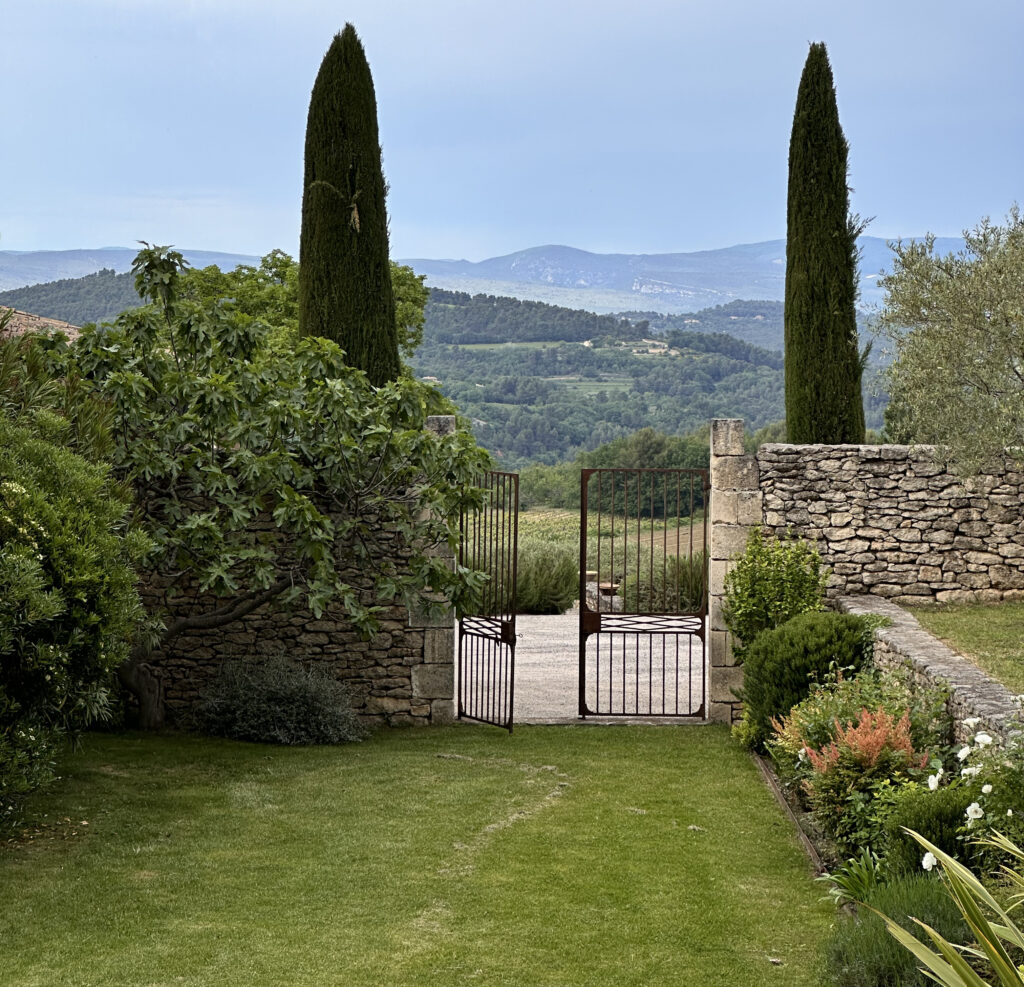Thank you for visiting my site

Whilst my reimagined website is being created, you can still contact me on
info@anneshielsconsulting.com or on 07766423673

Thank you for visiting my site
Whilst my reimagined website is being created, you can still contact me on
info@anneshielsconsulting.com or on 07766423673